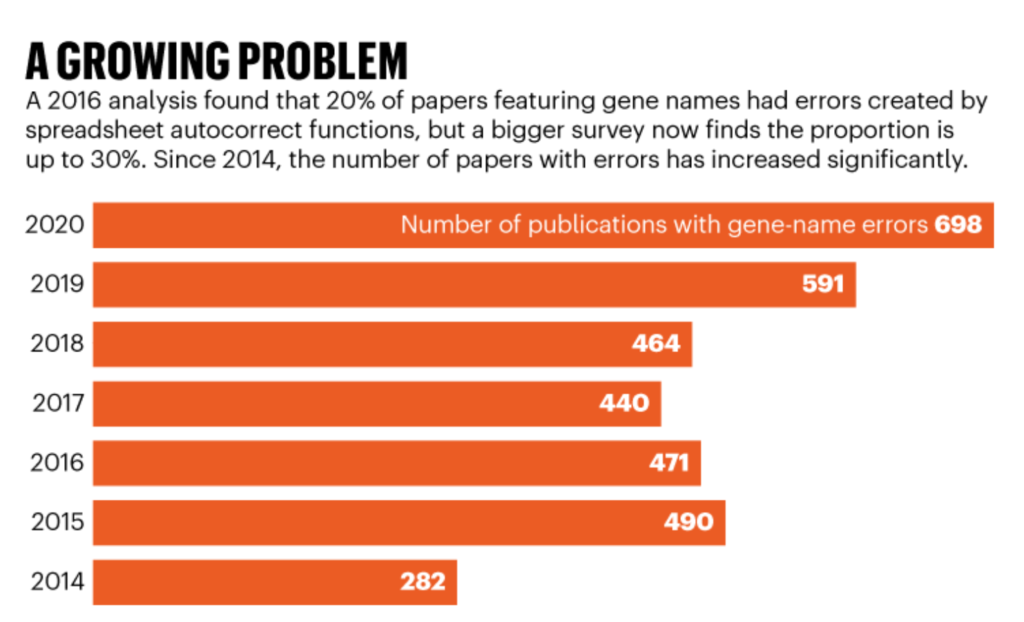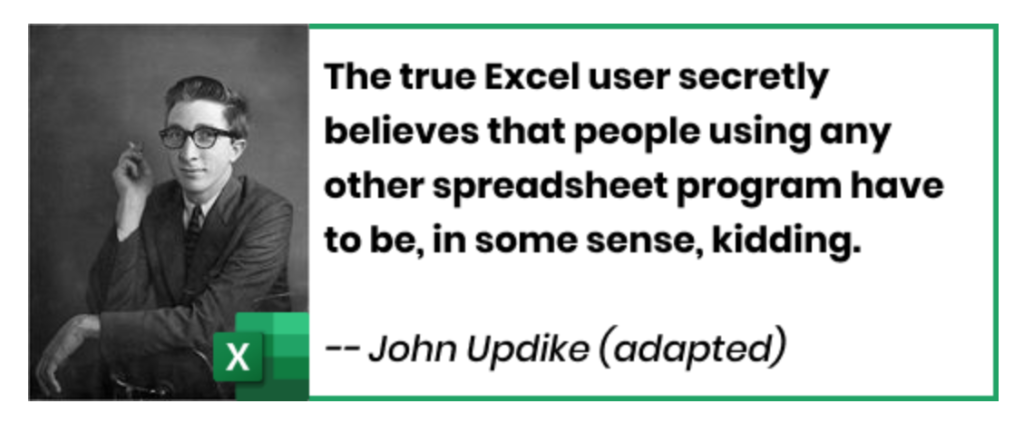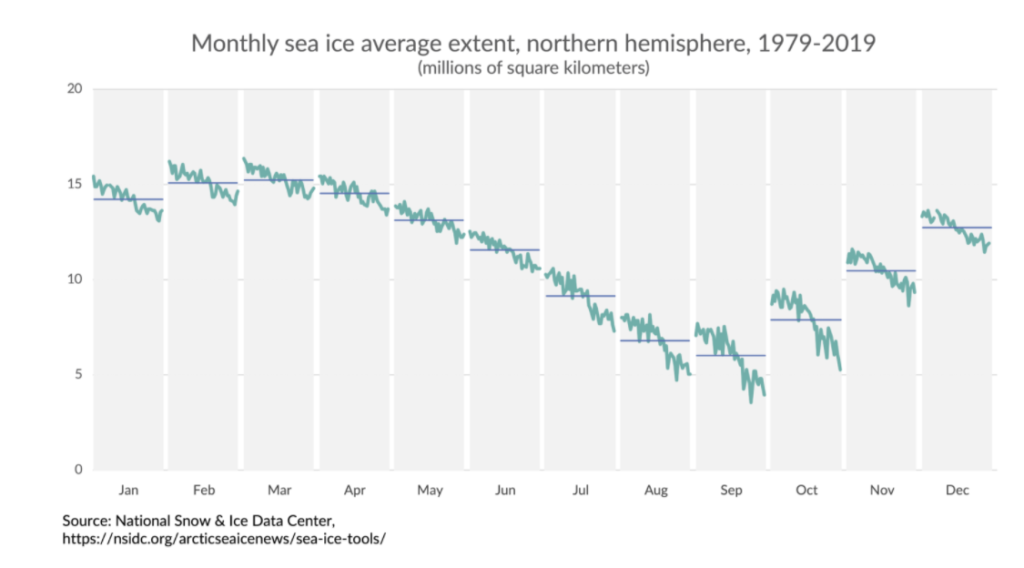Link:https://www.pcworld.com/article/559001/the-future-of-esports-is-microsoft-excel-and-its-on-espn.html
Graphic:

Excerpt:
Move over, League of Legends. Does anyone even care about Overwatch? No, the real future of esports is spreadsheets and Microsoft Excel. Don’t believe us? Then tune in to ESPN3 or YouTube this weekend to find out.
No, this isn’t a joke. The Financial Modeling World Cup will be held this weekend entirely in Microsoft Excel. And the finals (the quarterfinals, semifinals, and the final match) will all be broadcast live as they happen at 9 AM PT. Everyone’s playing for a total prize of $10,000 — funded by Microsoft, of course.
Author(s):Mark Hachman
Publication Date: 10 Dec 2021
Publication Site: PC World





